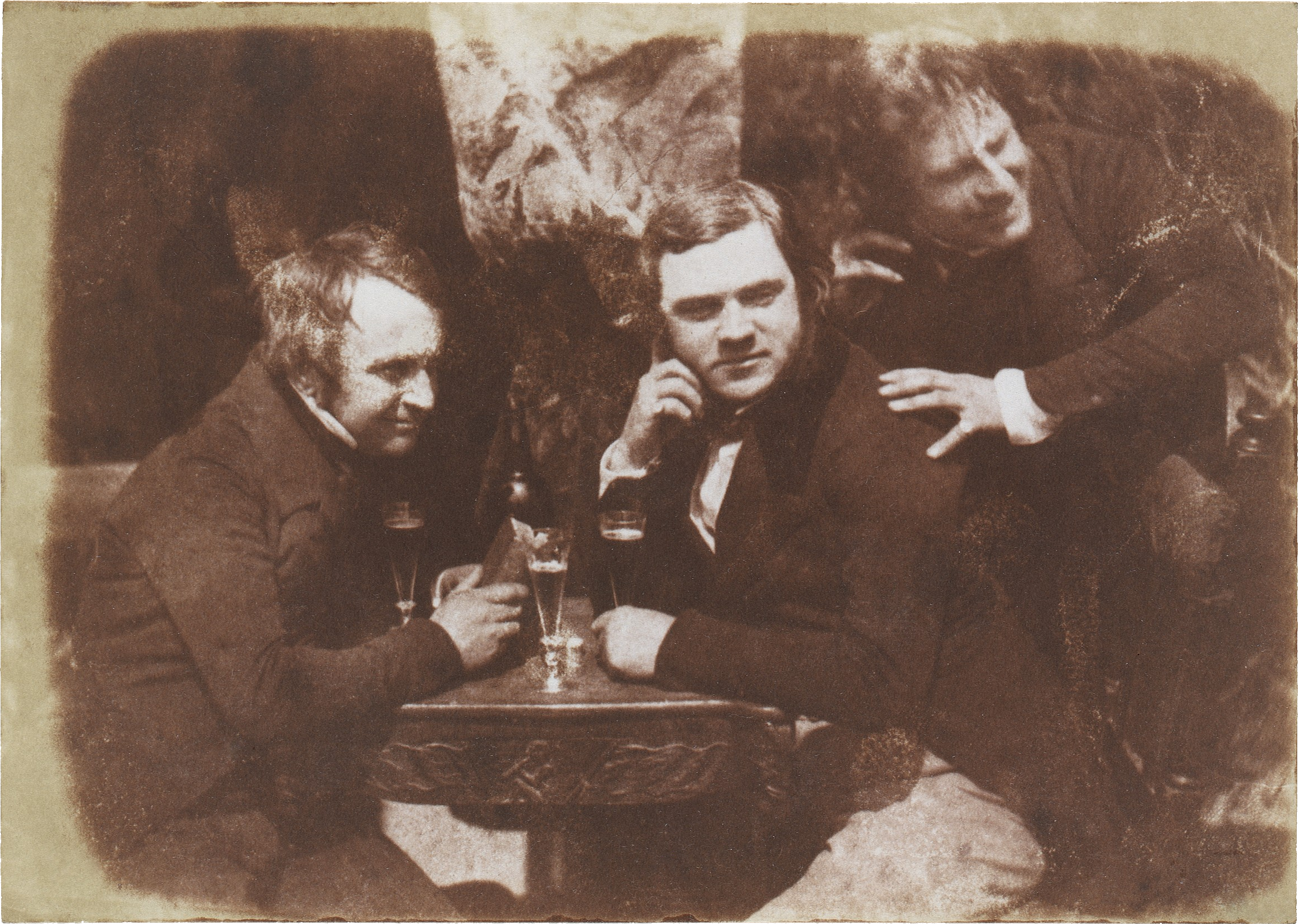Salt Print on:
[Wikipedia]
[Google]
[Amazon]

 The salt print was the dominant paper-based photographic process for producing positive prints (from negatives) from 1839 until approximately 1860.
The salt print was the dominant paper-based photographic process for producing positive prints (from negatives) from 1839 until approximately 1860.
 The salted paper technique was created in the mid-1830s by English scientist and inventor
The salted paper technique was created in the mid-1830s by English scientist and inventor

 The salt print was the dominant paper-based photographic process for producing positive prints (from negatives) from 1839 until approximately 1860.
The salt print was the dominant paper-based photographic process for producing positive prints (from negatives) from 1839 until approximately 1860.
 The salted paper technique was created in the mid-1830s by English scientist and inventor
The salted paper technique was created in the mid-1830s by English scientist and inventor Henry Fox Talbot
William Henry Fox Talbot Fellow of the Royal Society, FRS FRSE Royal Astronomical Society, FRAS (; 11 February 180017 September 1877) was an English scientist, inventor, and photography pioneer who invented the Salt print, salted paper and calo ...
. He made what he called "sensitive paper" for "photogenic drawing" by wetting a sheet of writing paper with a weak solution of ordinary table salt (sodium chloride
Sodium chloride , commonly known as salt (although sea salt also contains other chemical salts), is an ionic compound with the chemical formula NaCl, representing a 1:1 ratio of sodium and chloride ions. With molar masses of 22.99 and 35 ...
), blotting and drying it, then brushing one side with a strong solution of silver nitrate
Silver nitrate is an inorganic compound with chemical formula . It is a versatile precursor to many other silver compounds, such as those used in photography. It is far less sensitive to light than the halides. It was once called ''lunar caustic ...
. This produced a tenacious coating of silver chloride
Silver chloride is a chemical compound with the chemical formula Ag Cl. This white crystalline solid is well known for its low solubility in water (this behavior being reminiscent of the chlorides of Tl+ and Pb2+). Upon illumination or heating, ...
an especially light-sensitive chemical condition. The paper darkened where it was exposed to light. When the darkening was judged to be sufficient, the exposure was ended and the result was stabilized by applying a ''strong'' solution of salt, which altered the chemical balance and made the paper only slightly sensitive to additional exposure. In 1839, washing with a solution of sodium thiosulfate
Sodium thiosulfate (sodium thiosulphate) is an inorganic compound with the formula . Typically it is available as the white or colorless pentahydrate, . The solid is an efflorescent (loses water readily) crystalline substance that dissolves well ...
("hypo") was found to be the most effective way to make the results truly light-fast.
The salt print process is often confused with Talbot's